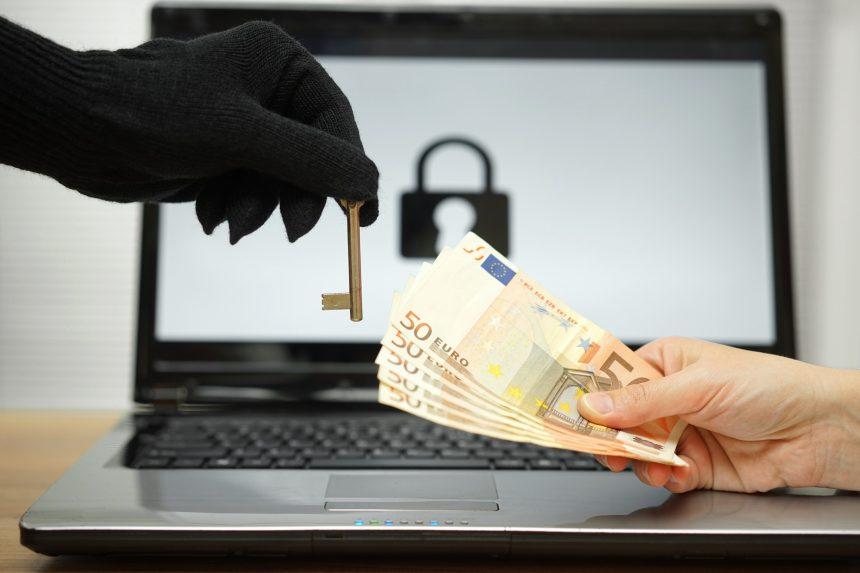In the ever-evolving landscape of cyber threats, ransomware continues to be a menacing force, disrupting lives and businesses worldwide. Among the latest iterations of this malicious software is the ChocVM ransomware, a formidable member of the Makop family that wreaks havoc by encrypting files and demanding a ransom for their release.
Understanding ChocVM Ransomware
ChocVM operates as a ransomware, variant of the Mdkop ransomware family, infiltrating systems through various distribution methods, including infected email attachments laden with malicious macros, dubious torrent websites, and deceptive malicious ads. Once inside a system, it employs advanced encryption algorithms to lock files, appending the “.chocolate” extension to each encrypted file. This alteration renders the files inaccessible and unusable to the victim.
Consequences and Symptoms
The impact is severe: previously functional files become inaccessible, displaying a different extension, such as “my.docx.chocolate.” A ransom note, often named “+README-WARNING+.txt,” confronts the user, detailing the demand for payment in cryptocurrencies like Bitcoin, typically in exchange for a decryption key. Failure to comply results in permanent loss of access to encrypted files.
Detection Names and Similar Threats
ChocVM has been identified by various cybersecurity platforms using distinct detection names: Avast identifies it as “Win32:Evo-gen [Trj],” Combo Cleaner tags it as “Gen:Variant.Ransom.Makop.149,” and Kaspersky flags it under “HEUR:Trojan-Ransom.Win32.Generic,” among other identification markers provided by different security suites. Similar threats within the Makop family exhibit analogous behavior, encrypting files and demanding ransom for decryption keys.
Removal Guide for ChocVM Ransomware
Removing ChocVM ransomware manually involves intricate processes that necessitate caution and technical expertise:
- Isolate Infected Systems: Disconnect the infected device from any network or external drives to prevent the malware from spreading.
- Enter Safe Mode: Reboot the system and enter Safe Mode to limit the malware’s active processes.
- Identify Malicious Processes: Use the Task Manager to terminate any suspicious processes linked to the ransomware.
- Delete Registry Entries: Access the Registry Editor (regedit) and remove any ransomware-related entries.
- Delete Malicious Files: Locate and delete all files associated with ChocVM ransomware.
Preventative Measures for Future Protection
- Backup Regularly: Maintain updated backups of essential data on external devices or secure cloud storage to mitigate the impact of ransomware attacks.
- Exercise Caution with Email Attachments: Avoid opening email attachments from unknown or suspicious sources, particularly those prompting to enable macros.
- Update Software and Operating Systems: Regularly update your software, applications, and operating systems to patch vulnerabilities that ransomware can exploit.
- Use Robust Security Software: Deploy robust antivirus/antimalware programs and firewalls to detect and block potential threats.
- Educate and Train Users: Educate yourself and others about ransomware threats, emphasizing the importance of cybersecurity practices to prevent infections.
Seek Professional Assistance
Seeking professional assistance from cybersecurity experts or using reputable malware removal tools may be advisable for users uncomfortable with manual removal procedures.
Final Thoughts
ChocVM ransomware underscores the relentless evolution of cyber threats and the critical need for proactive cybersecurity measures. Understanding its operation, implementing preventative practices, and knowing how to remove it are pivotal in safeguarding against its devastating effects. Constant vigilance, regular backups, and informed user behavior are potent weapons in the ongoing battle against ransomware threats.





